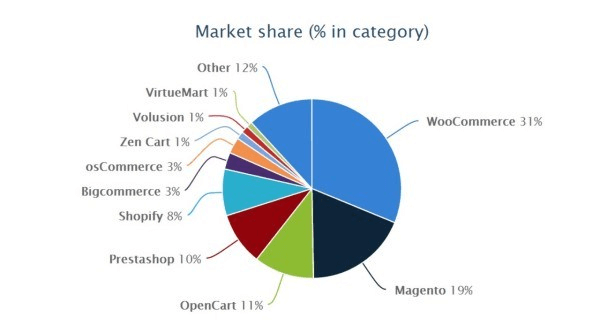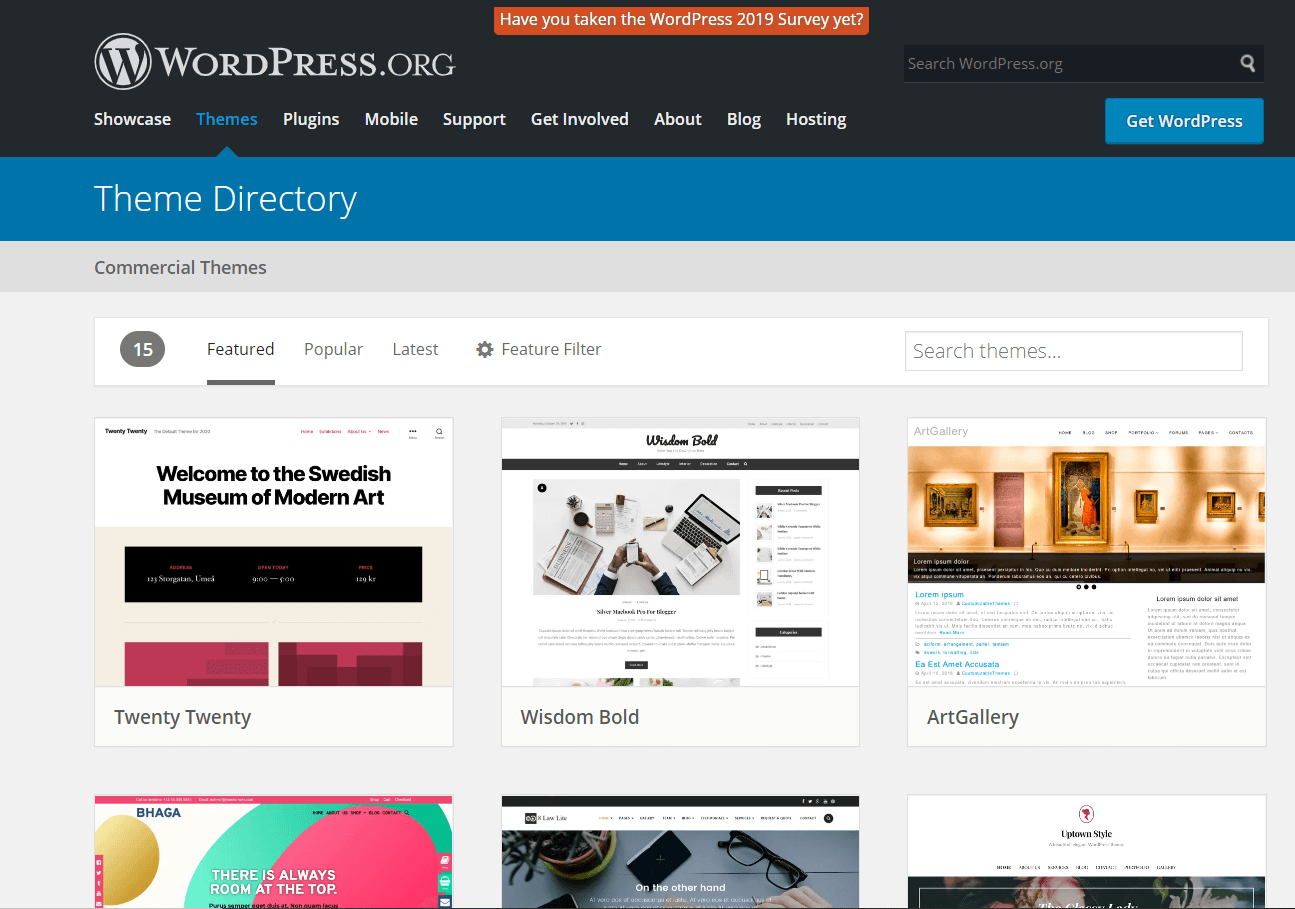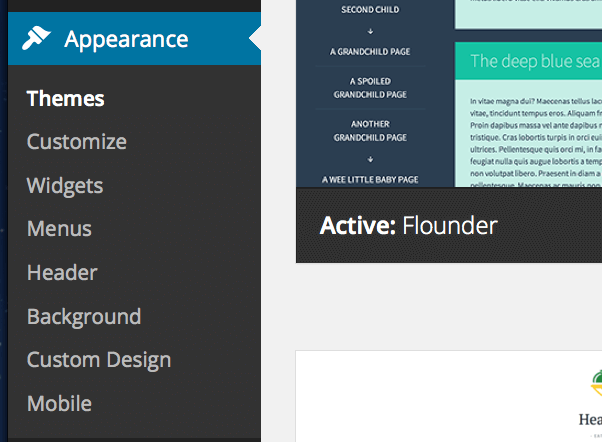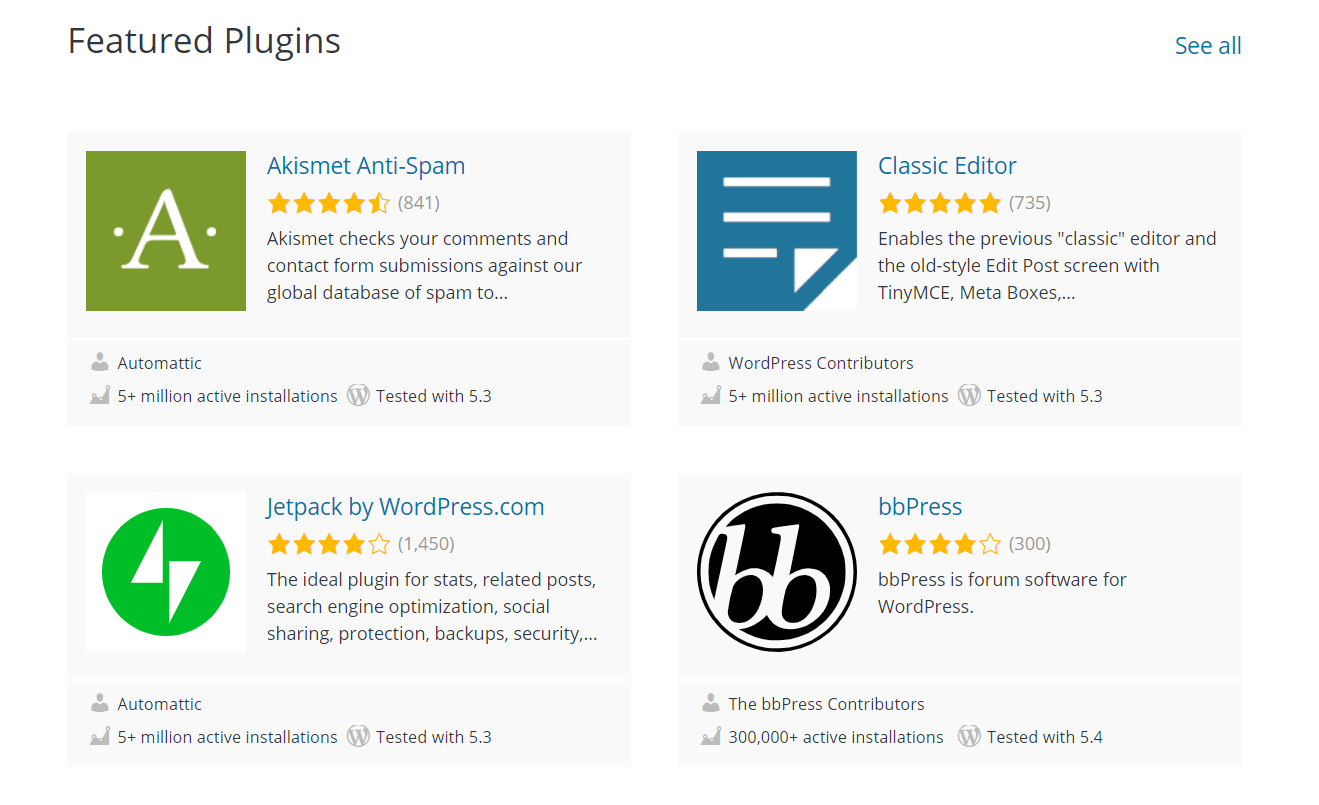How WordPress Works: Getting Started and Benefits
If you’re looking to build a website, chances are you already have some knowledge of WordPress. After all, it’s a top-rated platform, and is used by more than 409 million people worldwide.
WordPress comes equipped with many advanced publishing, editing, and design features that have made it the dominating website-building platform in the world. Its themes and templates allow beginner web designers to create a professional-looking WordPress website without a lot of complicated code.
And the plugins flesh out the platform in a thousand different ways.
So you’re sold, but before we can dive into launching your website, we need to answer a simple question: how do you get started using WordPress?
Read on to find out.
What are the Benefits of Using WordPress?
Here are some of the primary benefits of using WordPress.
WordPress is Good For All Skill Levels
Wordpress is a versatile platform that appeals to both seasoned developers and beginners alike. If you’re a coding master who loves to create something out of nothing, WordPress gives you the creative freedom to do so.
However, if you’re a relative newcomer to the website creation world and you want to be able to make something that looks professional without having to become a web developer, there are options for you as well.

WordPress uses many premade themes to use as a base template for your site. Just pick one that looks like your vision and edit it to fit your specific needs:
WordPress Offers Third-Party Open-Sourced Features
When you hear someone talk about WordPress, they will undoubtedly mention WordPress Plugins.

There are currently more than 50,000 plugins on WordPress, and many of them are open-source software. That means they are maintained and updated by the WordPress community as a whole, all working together to provide services for everyone to use.
Typically, these plugins are created by third parties for the WordPress platform. We will get into the specifics of WordPress plugins in more detail later on.
Can You Make an E-commerce Website on WordPress?
E-commerce success can be achieved through WordPress. However, it’s not a service that comes with the platform from the get-go.

WordPress users can implement e-commerce functionality on their sites through plugins. WordPress owns an e-commerce plugin called Woocommerce, which is the world’s most popular ecommerce system. However, there are a number of other systems that can be used on the platform, such as BigCommerce or Easy Digital Downloads.
Using WordPress, you can create a truly personalized and on-brand shopping experience for your customers.
WordPress is Customizable
As a platform, WordPress can be very customizable. It can be used for something simple, like a personal blog, or a massive corporate website with an online store and multiple subdomains.
WordPress themes are easily changed and updated because everything goes through a central WordPress dashboard. If you’re an advanced web designer, you can also update your themes using HTML and CSS code languages.
WordPress is Extremely Popular
All of these benefits have made WordPress incredibly popular as a website-building platform. *
- There are more than 75 million sites built on WordPress.
- WordPress powers more than 34% of the internet.
- People view more than 23.6 billion Wordpress pages a month.
- 14.7% of the world’s top 100 websites are built on WordPress.
That means WordPress is responsible for 50-60% of the global CMS market share, making it the most popular CMS platform by far. It’s estimated that there are 500 new sites built on WordPress every single day.
All this means that WordPress is the king of the website builders, and it’s not going away anytime soon.
How Do You Start Using WordPress?
If all of those benefits sound good to you, then it’s time to start using WordPress to build your website. Thankfully, it’s not a complicated process. WordPress is designed so that anyone can use it, regardless of skill level.
Step 1: Get a hosting provider.
You could create a self-hosted WordPress site on your own web server, but there are subscription-based services that keep your website running on the internet. Some of these are free while most are paid. If you’re going to be seeing a lot of daily traffic, you’ll want a paid hosting service. They’re the only ones that offer the space and support needed to withstand high levels of web traffic.
Some hosting services include GoDaddy and HostGator. Many hosting services even have their own website building platform built in, but few of them hold a candle to WordPress.
Step 2: Choose a domain name.
Some hosting services will give you a free domain for the first year, so it’s best to do your research to find one offering a promotion that you can take advantage of.
Step 3: Follow the hosting company’s instructions for setup and point your domain name to the WordPress service.
Once that’s all done, you’re ready to start using WordPress.
The next step is to choose your theme.
What are WordPress Themes?

As we briefly mentioned before, a theme is a WordPress template that provides you with a skeleton for your site. WordPress themes allow you to have a starting point from which to build the layout of your pages, and there are more than 11,000 of them to choose from.
Are WordPress Themes Free?
Many WordPress themes come at absolutely no cost. That’s great news, but many free options are limited in their scope.
All themes, both free and premium, can be found through the WordPress dashboard by clicking on “Appearance,” and then the tab marked, “Themes.”
Users can also install a theme developed by a third-party if they don’t want to use any WordPress themes.
There are more than 3,500 free themes for WordPress, and services like Themeforest have more than 47,000 WordPress compatible themes to choose from.
The majority of Themeforests’s WordPress themes are paid, and most of them start somewhere around $2, which is far cheaper than the majority of WordPress premium themes.
What do WordPress Themes Cost?
The median price for most WordPress premium themes is $59.
Premium themes are typically better for business websites. That’s because they have more features and reliability than their free counterparts.
Picking a WordPress Theme
Once you’ve selected your theme, it’s time to install it on the site. You should pick a theme that can be edited so that you can incorporate your branding into the look and feel of your website. If your logo colors are red and yellow and your theme only comes in black and white, that’s not going to work out well.
You should also think about your audience when selecting a theme and customize it to fit their needs. What would be aesthetically pleasing to your target demographic?

Users can typically customize the widgets, menus, headers, and background of their WordPress theme. You can use the theme customizer tool, which appears under the “Appearance” tab and then beneath the “Themes” option:
Some widgets come pre-loaded on specific themes. Regardless of whether it came as a part of your theme or you installed it yourself, these widgets can be rearranged and customized to your branding.
Once you’ve got the look and feel of the site down, it’s time to start figuring out what kind of plugins you’re going to need.
What are WordPress Plugins?

A WordPress plugin is an add-on for your site that enhances its functionality and user experience.
Plugins can be found in the WordPress Plugin Directory. There are more than 55,000 to choose from, and the top 30 WordPress plugins are installed on more than 1 million sites each.
You click on where it says “Plugins” and then “Add New.”
You can also upload your own plugin by clicking “Upload Plugin.”
You should use plugins for advanced website functions like SEO, contact forms, pop-ups, and caching. The number one Plugin on WordPress right now is All in One SEO Pack, with more than 13 million downloads and 25 active versions.
What Pages Should You Create on WordPress First?
When you’re creating your WordPress site, it’s best to first focus on individual key pages.
Here are the main pages that you should include in any WordPress site.
Homepage
The homepage is the first page that you should create. That’s because everything springs from there. It is the most visited page on most sites and the place where you need to make a stellar first impression on your incoming users.
A homepage design is usually included in theme templates, so it’s not a page that’s going to give you any major issues.
A plugin like WordPress Page Builder or Divi could also be used for designing a custom homepage.
About Us Page
When you’re creating a site for a business, there should always be an “About Us” page.
You should create an about page to inform visitors about your company. It’s the place where you tell your story and try to connect with prospective customers on a personal level.
On the about page, you should be sharing your company history. This is also a perfect place to touch on your mission statement.
Many businesses use their about page to highlight essential team members and tell the story of their site. It’s the spot where your personality can shine through, and a lot of WordPress templates have an option for it.
Contact Page
When creating a contact page, you might want to use a plugin. This will help you create an email form that you can pop up on the site for users to fill out if they have any questions.
These queries can then be delivered right to your email address. This is also a place to list your phone number and any other relevant contact information.
While contact form plugins are perfect for this page, a lot of templates will also have a Contact Page option, since it’s such a standard inclusion for most business websites.
Blog Page
Every website should have a blog. Blog posts are a great way to get your thoughts and expertise out there, and it’s great for SEO.
WordPress was initially designed as a blogging platform, and content is still king there. As such, most WordPress themes will have some blogging templates. Often, it’s a setting on the site that you can assign to any page.
Portfolio or Gallery
WordPress has a lot of great options for creating a professional portfolio or image gallery.
A portfolio allows you to post high-quality images and display them in a variety of ways. This is another service that is included in most WordPress templates. There are also dedicated gallery plugins like Modula and Jetpack, which allow you to display your images in a variety of ways.
E-commerce Store

E-commerce can be a lucrative field, and WordPress has you covered, as we mentioned before.
When creating your e-commerce store, regardless of the plugin selected, you’re going to have to set up custom options for your products with optimized descriptions and high-quality images.
You’ll also have to set up things like taxes, payment methods, shipping, and more.
In Conclusion
There’s a reason why so many people use WordPress. This popular platform comes packed to the brim with a number of valuable benefits that make getting started on the world’s most popular website builder a breeze.
Understand how WordPress works and you’ll be able to take advantage of a versatile platform that is entirely customizable and gives you the chance to make your dreams a reality.
